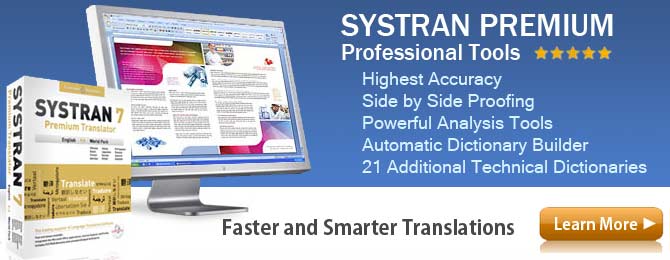Italian Dialects and Translation
It is important to remember that when you translate Italian there are many different Italian dialects. Learning more about dialects can be very significant when you are working with language translation.
Italian is spoken by nearly 66 million people around the world. Because of cultural and regional differences, pronunciation and usage of the spoken Italian language varies greatly from one area to another. However, due to the technological advances of the last century, to include television and computers, the national language of Standard Italian is now learned and understood by nearly all Italians.
What is a Dialect of a Language?
A dialect refers to the differences in a language from one geographical or social area to another. A dialect applies to the vocabulary, grammar and pronunciation characteristics of a particular area or region. Even within many countries you can find multiple dialects.
English / American English Compared to UK English
The differences between Standard Italian and many of the dialects can be thought of as being similar to the differences between English in the US and in the United Kingdom. While the language can be understood by speakers of either dialect, there are words and pronunciations which vary. For example, the UK speaker may say, “I need to go to the market and buy some tinned meat.” Here in the US we would say “I need to go to the market and by some canned tuna.” While the UK speaker referrers to “canned” items as “tinned”, you can still get the idea of what they are saying.
Systran’s Language Translation Software has built in the ability to translate by using either British English or American English to account for the two major English dialects.
Italian Language Dialects
The Italian language has literally hundreds of regional dialects. However, all Italian speakers now learn the Standard Italian dialect because it is used in media and mass communications.
What is Italian Localization?
Localization refers to when you modify a translation for a specific language dialect. For example if you were doing an advertising campaign that would be broadcast to an area of Italy, you would want to be sure it was translated into the local dialect and took in consideration the culture of the area.
Systran’s Translation Software Uses Standard Italian
Systran’s translation software uses the Standard Italian dialect for translating to or from the Italian language. However, you can very easily customize the Italian translation to another dialect by creating your own custom dictionaries and training the software to recognize different words for various dialects.
Get your Italian Translation Software package today!






